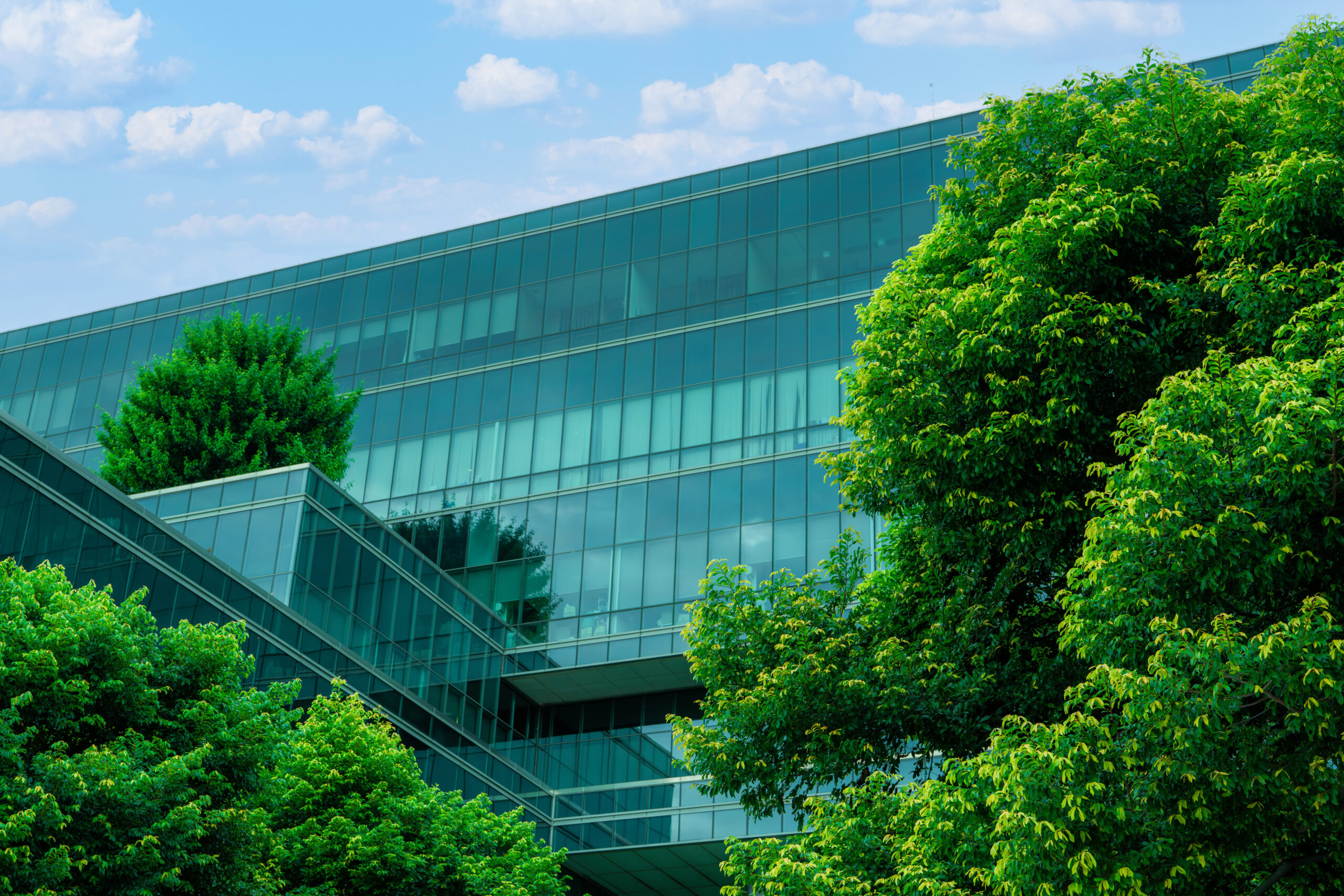
Circular economy – building circularly
Making sound strategic decisions in the circular economy
With our expertise at the intersection between economy and ecology, we support you in all aspects of the circular economy – at both the company and project level.
Why is the transition to a circular economy necessary?
Construction and building operations in Switzerland are responsible for:
Over 70% of raw material demand
- 67.2 million tons of building materials are required annually for building construction and civil engineering
- 10.9 million tons (around 16%) are secondary building materials (recycled materials)
Over 80% of Switzerland’s total generated waste
- 83.3% (72.7 million tons) is attributable to the construction industry
- 87 million tons of waste are generated in Switzerland each year (around 10 tons per person)
- Around 20% of this (17.8 million tons) is construction waste (half from building construction and half from civil engineering)
And around a third of CO2 emissions.
This underscores how much responsibility the construction and real estate industry bears when it comes to conserving resources and reducing emissions. In this context, the transformation from a linear to a circular economic system is gaining increasing importance.


Circular economy maxims – strategies for managing building stock
Refuse: Avoid/minimize structural measures; prioritize continued use and refurbishment.
Rethink: Clever (re)utilization concepts; design with deconstructability in mind.
Reduce: Densify existing use to meet evolving needs.
Reuse: Reuse and repurpose components and structural elements.
Recycle: Recycle materials, retain raw materials in the cycle, and minimize the amount of material sent to landfill.
Learn more about this topic in our blog post Circular economy and real estate: an opportunity for innovative investors and in this article on the circular economy by durable Planung und Beratung.
Our offer
The Wüest Partner Group supports you in the design, implementation, and evaluation of your tailored circular economy strategy at project or corporate level. By taking an integrated view of economic and environmental factors, we help you unlock multiple benefits. The circular economy combines ecological responsibility with economic success, thereby strengthening your market position in the long term.
Your benefits
- Reduced resource consumption and waste generation
- Optimized emissions balance
- New revenue potential
- Cost reductions
- Regulatory assurance
Strategy and consulting
- Definition of circular economy requirements and objectives for project development and planning
- Model calculations to test the economic efficiency of circularity measures at the project or portfolio level
- Scenario analyses for specific construction projects in terms of circularity, gray energy, costs, income, risks, third-party rentability, and vacancies
- Strategies for portfolio maintenance and renewal
- Identification of opportunities and potential development areas at the project or company levels
- Creation of circular economy guidelines and concepts for portfolios and organizations
Reporting, compliance, and training
- Circularity reporting and ratings
- Certifications
- Creation of building material passports
- Monitoring of resource consumption and gray emissions
- Portfolio analysis regarding resources and building materials
- Training programs and courses
Circular economy and its role in the EU taxonomy
The EU taxonomy is a classification framework that defines sustainable economic activities to direct investment into sustainable projects and businesses. One of the six key environmental objectives of the EU taxonomy is the transition to a circular economy, which is closely linked to the others. While not mandatory in Switzerland, the EU taxonomy serves as a valuable guide, especially for companies and financial institutions operating internationally or seeking access to the European market.
- Transitioning to a circular economy
The circular economy supports all six environmental goals of the EU taxonomy through sustainable resource use, emissions reduction, and environmental protection. Encouraging businesses to minimize waste and reuse raw materials contributes significantly to a greener economy and increases the appeal of sustainable investments.

More articles on the circular economy:

Sustainability and ESG strategies, circular economy consulting, collecting consumption data, energy monitoring, building certifications, energy performance certificates, recording of the construction quality, climate and CO2 solutions, sustainability reporting, and much more.


